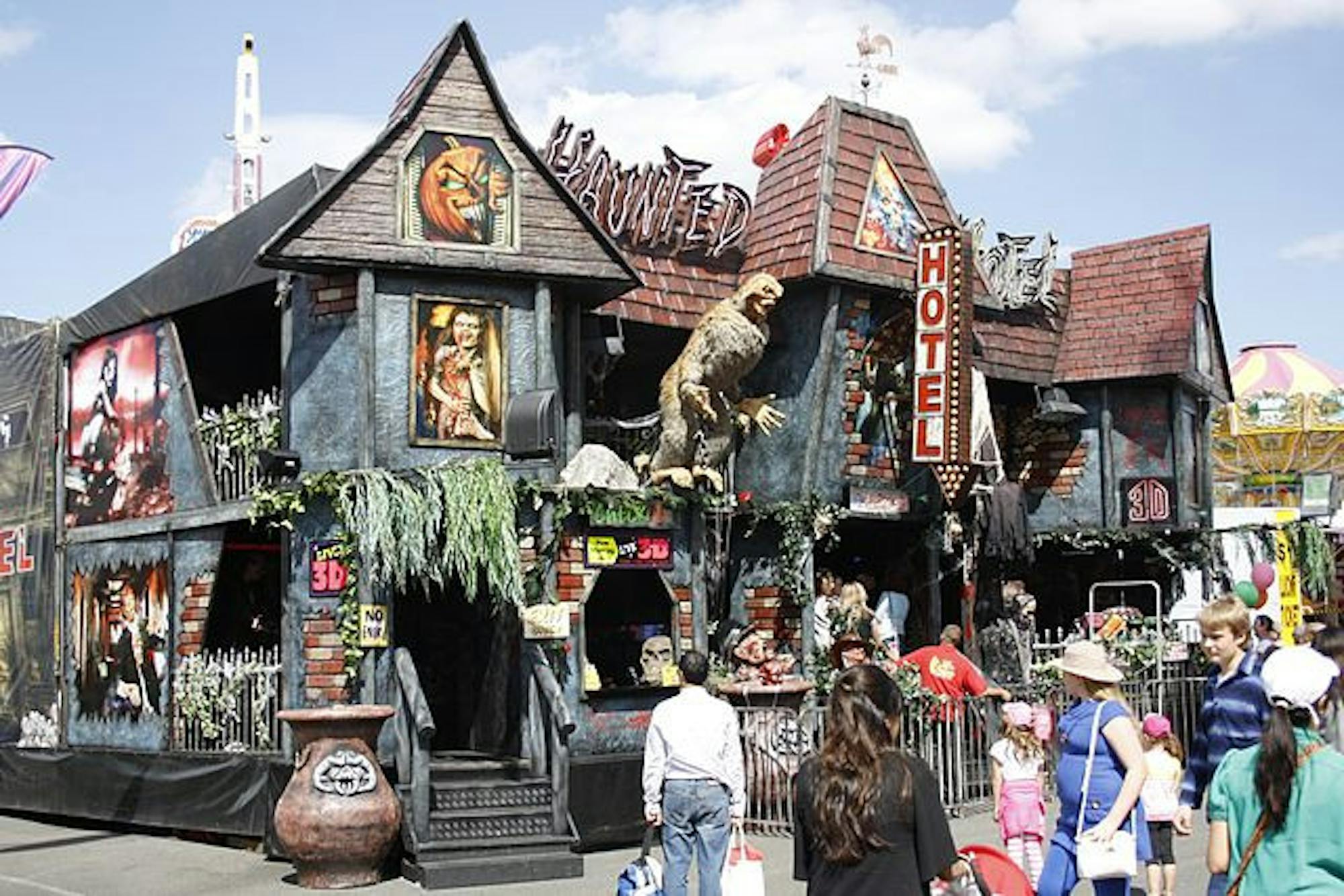The fairy tale of Goldilocks and the Three Bears teaches young kids about the sweet spots of life. From that favorite chair to the perfect temperature of food, sweet spots can be found everywhere. Did you know there’s a sweet spot of “just right” in our emotions as well?
As Halloween rolls around, people are constantly on the lookout for the next big scare. Perpetrator or victim, fear is a strong emotion at this time of the month. But what makes fear so enjoyable in the backdrop of Halloween despite it being an emotion that is typically avoided?
Recreational Fear Lab is a research unit at Denmark’s Aarhus University that has been investigating a phenomenon in which people seek out frightening activities for their enjoyment. A recent study showed an upside-down U-shaped relationship between fear and enjoyment, and a linear relationship between fear and large-scale heart rate fluctuations.
The study was conducted at Dystopia Haunted House, a Danish attraction with 42 thematically-connected rooms.
The 110 participants in the study varied in age from 12 to 57; some participants had seen the haunted house the year before and a few had seen the haunted house in the same year. They were equipped with heart rate monitors to record heart rate fluctuations throughout their horror-filled journeys.
There were two general parts to the study used to accurately determine the relationship between fear and enjoyment: a subjective response from the participants and an analysis of their objective behavior in the haunted house.
Before entering the haunted house, the participants were given a survey in which they were asked for their basic demographic information, how fearful they expected to be in the house and their motivation for visiting it.
The research team set up video cameras in three different locations inside the haunted house in order to capture participants’ reactions during their encounters with supposedly deadly situations.
The resulting videos were later examined by two coders who had no knowledge of the study’s research questions. These coders were looking for facial expressions and body language that would indicate fear and enjoyment. Signs of fear included open-mouthed or wide-eyed facial expressions and a defensive response to jump scares at each of the locations. Indications of enjoyment included smiles or laughter and relaxed body language.
After passing through the house, the participants were asked to fill out another survey. This one asked them about their experience, their general fear and enjoyment levels throughout the attraction in its entirety, their ranking of the three locations with video cameras by fear and enjoyment, horror-media consumption and their satisfaction with their experience.
The results point to an optimal level of fear at which enjoyment is maximized. This Halloween, I hope you found the fear level that was “just right” for you and your enjoyment.






